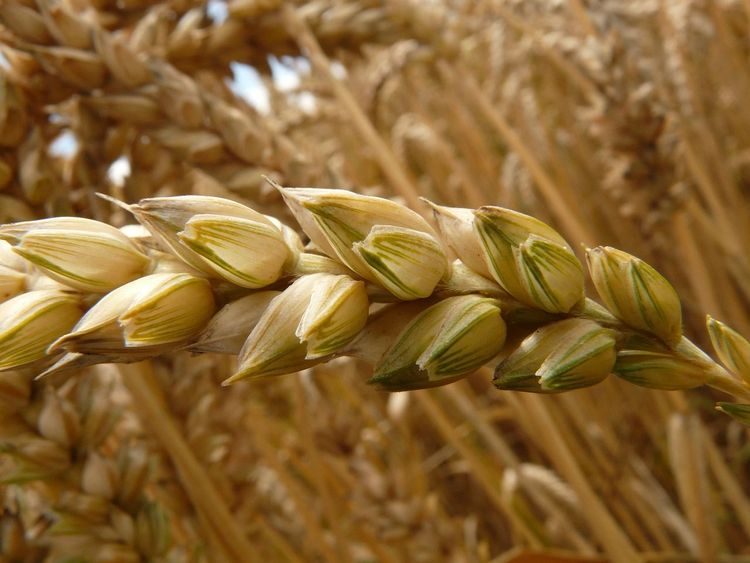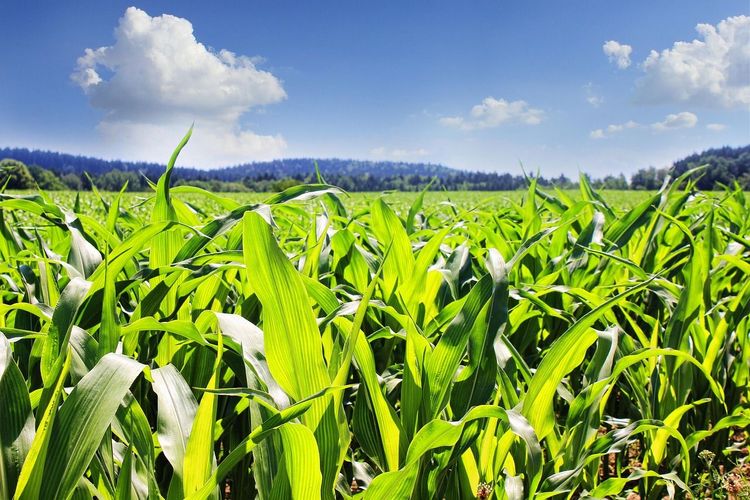Prices Surge for Cocoa, Coffee, and Other ‘Soft’ Commodities
Despite a steady decline in grain futures prices in recent months, prices for many soft commodities — including cocoa, coffee, sugar, cotton, and orange juice — have risen sharply.
Tight inventories of some soft commodities have lifted prices to multi-year highs. El Niño has played a role in higher prices by hurting growing conditions, which reduced crop production and cut into supplies. Exports also suffered as some countries enacted trade restrictions to maintain adequate domestic stocks.
With prices and crop conditions still volatile, keeping tabs on soft commodities — essential ingredients in most food manufacturing — is critical. Gro users can monitor prices, growing conditions, and supply risks using:
- Gro’s Commodities Tracker, which displays top producing regions, prices, and risks to supplies for an expanding range of major commodities.
- Gro’s Climate Risk Navigator, which displays and analyzes global growing conditions and forecasts, and can be weighted by crop and region.
Here is a rundown of price movements, and the reasons behind them, for the soft commodities:
Cocoa
- Cocoa futures prices have nearly doubled in the past year and continue to post new all-time highs, as shown by Gro’s Commodities Tracker. This comes as cocoa inventories decline for a third year in a row.
- Excess rainfall and disease pressure, especially from swollen shoot virus, have reduced main-crop cocoa bean arrivals at Cote d’Ivoire export terminals by one-third since the October start of the season versus the previous year.
- 2023 accumulated precipitation was the highest ever in more than 20 years in Cote d’Ivoire’s cocoa-growing areas, according to Gro’s Climate Risk Navigator.
- Now, hot and dry weather, driven primarily by El Niño, is hitting West Africa’s mid cocoa crop. The Gro Drought Index for Cote d’Ivoire’s cocoa areas is at its second-worst level for this time of year in over 10 years.
- Cote d’Ivoire and neighboring countries account for three-quarters of all cocoa beans — a concentration of production that means the region’s weather has an outsize impact on global supplies.
Coffee
- Robusta coffee front month futures prices reached a record high in late January and continue to hover just below that peak, according to Gro’s Commodities Tracker.
- Tight robusta coffee inventories are helping to lift prices, as are unfavorable weather conditions in Southeast Asia’s coffee-growing regions, likely triggered by El Niño, as Gro wrote about here.
- Price support also comes from rebel attacks on Red Sea shipping, which since early December have disrupted supply chains between Vietnam, the top robusta producer, and European and US East Coast markets.
- While robusta prices are up 40% year on year, Arabica prices are little changed. Top Arabica producer Brazil saw its January green coffee exports jump 32% from a year earlier to the highest level for the month in at least five years.
Sugar
- Sugar futures prices hit a 12-year high in the fall and are currently at levels not seen since 2016. That comes as world sugar stocks have fallen for the past two years and are currently at the lowest level since 2011.
- Dry conditions, brought on by El Niño, reduced sugarcane harvests in major producers India and Thailand, as shown by Gro’s Climate Risk Navigator.
- To maintain adequate domestic supplies, India in October extended sugar export restrictions until further notice.
- In Thailand, sugar millers are reporting the lowest yield from crushed cane in at least 13 years, largely stemming from drought.
- In No. 1 producer Brazil, favorable weather in late 2023, as Gro wrote about here, has given way to drier conditions in recent weeks — soil moisture levels currently are at record lows for this time of year. Such volatile weather warrants close monitoring ahead of the new crop year starting in April.
Cotton
- Cotton futures remain elevated but well off the highs posted in 2022, according to Gro’s Commodities Tracker.
- Cotton ending stocks in the US, the No. 1 exporter, in 2023/24 dropped to a seven-year low after back-to-back years of drought weighed on production.
- In 2024, US acres planted to cotton are set to increase by double digits from last year, according to early forecasts from Gro’s US Planting Intentions Model.
Orange Juice
- Frozen concentrate orange juice (FCOJ) front month futures posted a record high in late 2023 and remain just below that peak. Inventories are the tightest on record.
- Production in the US, the No. 2 producer after Brazil, has been hurt by disease, extreme weather, and a decrease in the number of Florida orange farmers.
- Florida acreage dedicated to growing oranges has declined by more than half since 2000.
 Blog
BlogGain Actionable Insight Into Climate Impacts With The Gro Climate Ensemble
 Insight
InsightUS Cotton Acreage Will Jump in 2024, Gro Predicts
 Insight
InsightImproved Conditions Boost Prospects for India’s Upcoming Wheat Harvest
 Blog
Blog

 Search
Search